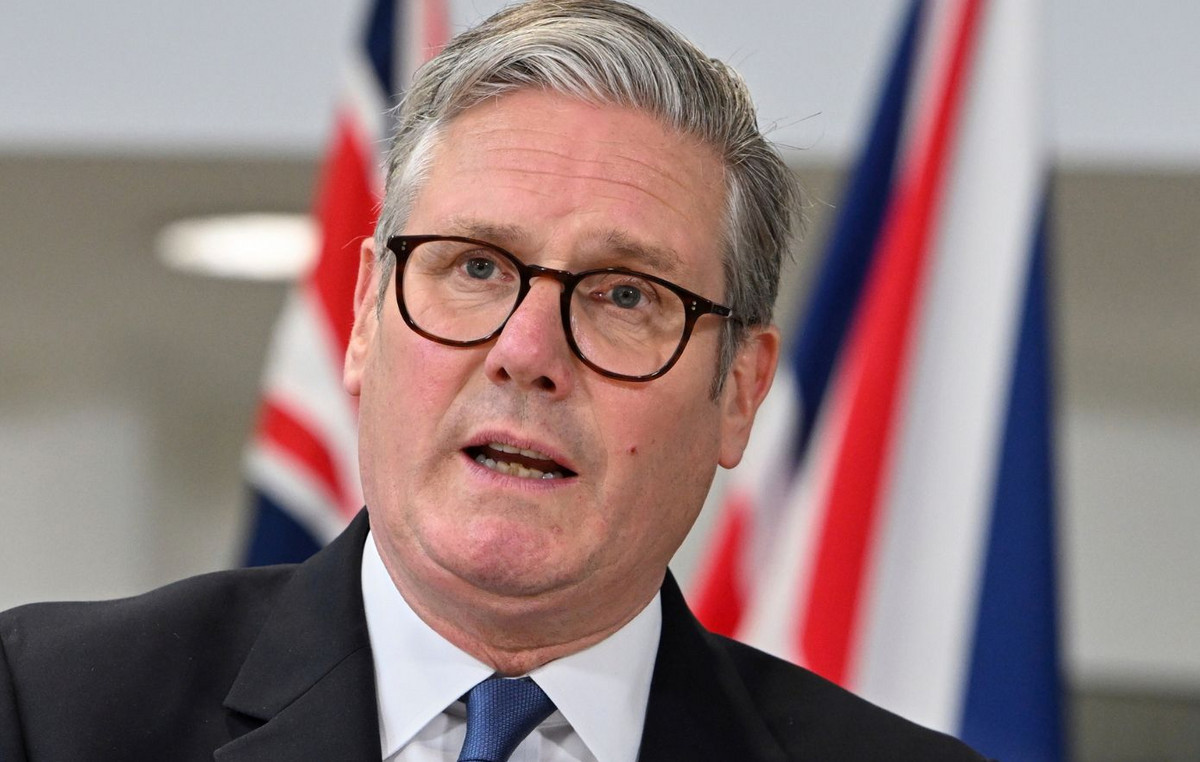- The EUR/JPY moves away from a new annual maximum, quoting about 172.00 on Wednesday.
- The Japanese yen gains ground while the 10 -year bond performance jumps to 1.6%, the highest since 2008.
- The NAGEL of the ECB asks for a “firm hand”, pointing out that there will be no change of rates at its next meeting.
The euro (EUR) quotes slightly down against the Japanese Yen (JPY) on Wednesday, breaking a three -day winning streak, while the Yen is widely strengthened against the main currencies. The Japanese Yen receives support from a stronger domestic demand for the currency and a cautious trade before the elections of the upper Japan House scheduled for Sunday, July 20.
At the time of writing, the EUR/JPY crossing is moving away from a new annual maximum of 173.25 previously marked in the day. The pair quotes about 172.00 during the American session, since a modest setback driven by the profits and a and in general stable weighs on the crossing.
Adding to the support of YEN, the performance of the 10 -year Japanese government bonds rose to 1.6% on Wednesday, its highest level since the end of 2008. The strong increase in yields occurs in the midst of growing expectations of an extended fiscal expense before the July 20 elections, with the markets increasingly valuing the possibility of new stimulus measures, including a reduction in the consumption tax to support the economy.
Meanwhile, the comments of a European Central Bank (ECB) official offered little support for the euro. The head of ECB policies, Joachim Nagel, adopted a cautious tone on Wednesday, asking for a “firm hand” to the growing commercial tensions and the persistent risks of inflation. He pointed out that the ECB is likely to hold the rates without changes in its next meeting, reinforcing the opinion that the Central Bank is in a hurry to adjust the monetary policy.
Looking ahead, the operators will focus on the key economic data later this week, including the inflation figures of the Eurozone that will be published on Thursday and the Consumer Price Index (CPI) of Japan that will be published on Friday, both of which could influence the next movement in the EUR/JPY torque.
Economic indicator
Harmonized underlying consumer price index (monthly)
The Harmonized Underlying Consumer Price Index (IAPC) measures changes in the prices of a representative basket of goods and services in the European Monetary Union. The IAPC, published by Eurostat Monthly, it is harmonized because the same methodology is used in all member states and its contribution is weighted. The monthly reading compares the prices of the reference month with those of the previous month. The underlying IAPC excludes volatile components such as food, energy, alcohol and tobacco. The underlying IAPC is a key indicator to measure inflation and changes in consumption trends. Generally, a high reading is considered bullish for the euro (EUR), while a low reading is considered bassist.
Read more.
Source: Fx Street
I am Joshua Winder, a senior-level journalist and editor at World Stock Market. I specialize in covering news related to the stock market and economic trends. With more than 8 years of experience in this field, I have become an expert in financial reporting.







